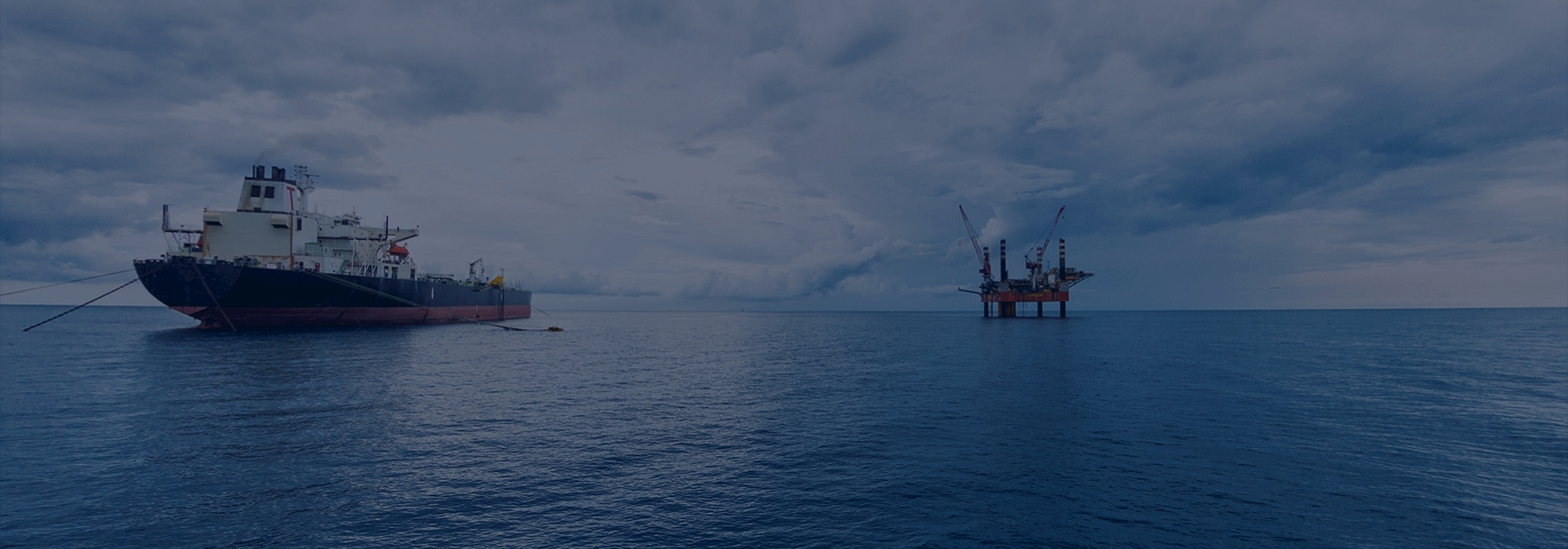

Deep Water Cementing
Cementing For Low Temperatures
As the cement is placed in the wellbore and has been left static, it begins to develop gel strength (gelation). In this state, the unset slurry cannot fully transmit hydrostatic pressure to the formation (loss of overbalance). The time period of gelation before cement sets can last for several hours (transition time). The loss of hydrostatic pressure allows gas to percolate through the unset cement. After the cement has fully hardened, these channels still exist, and they constitute a permanent path for uncontrolled gas migration to the surface or other formation zones.
| Name | Function | Application Temp °C |
|---|---|---|
| C-GB LT | Low Temp Anti-gas migration | 10 - 80 |
| C ANTI-FOAM – LT | Anti-foaming Agent | 10 - 80 |
| C RETARDER - LT | Cement Retarder Agent | 10 - 80 |
| C DISPERSANT – LT | Cement Dispersant | 10 - 80 |
| C SPACER - LT | Cement Spacer | 10 - 80 |
The Gas Block Agent line CS OILFIELD providing chemistry which allows not only excellent gas migration control, also increases the elasticity to the cement and support fluid loss control.
Multifunctional gas prevention properties
- Effective Bonding be tween casing / wellbore
- Decreasing permeability
- Latex film between pores and on cement
- Improved cement to casing and formation bond
- Improved mechanical properties
- Reduced Young’s modulus
- Increased tensile strength
- Reduced shrinkage
- Low fluid loss while sustaining low viscosity
- Resistance to chemical attack